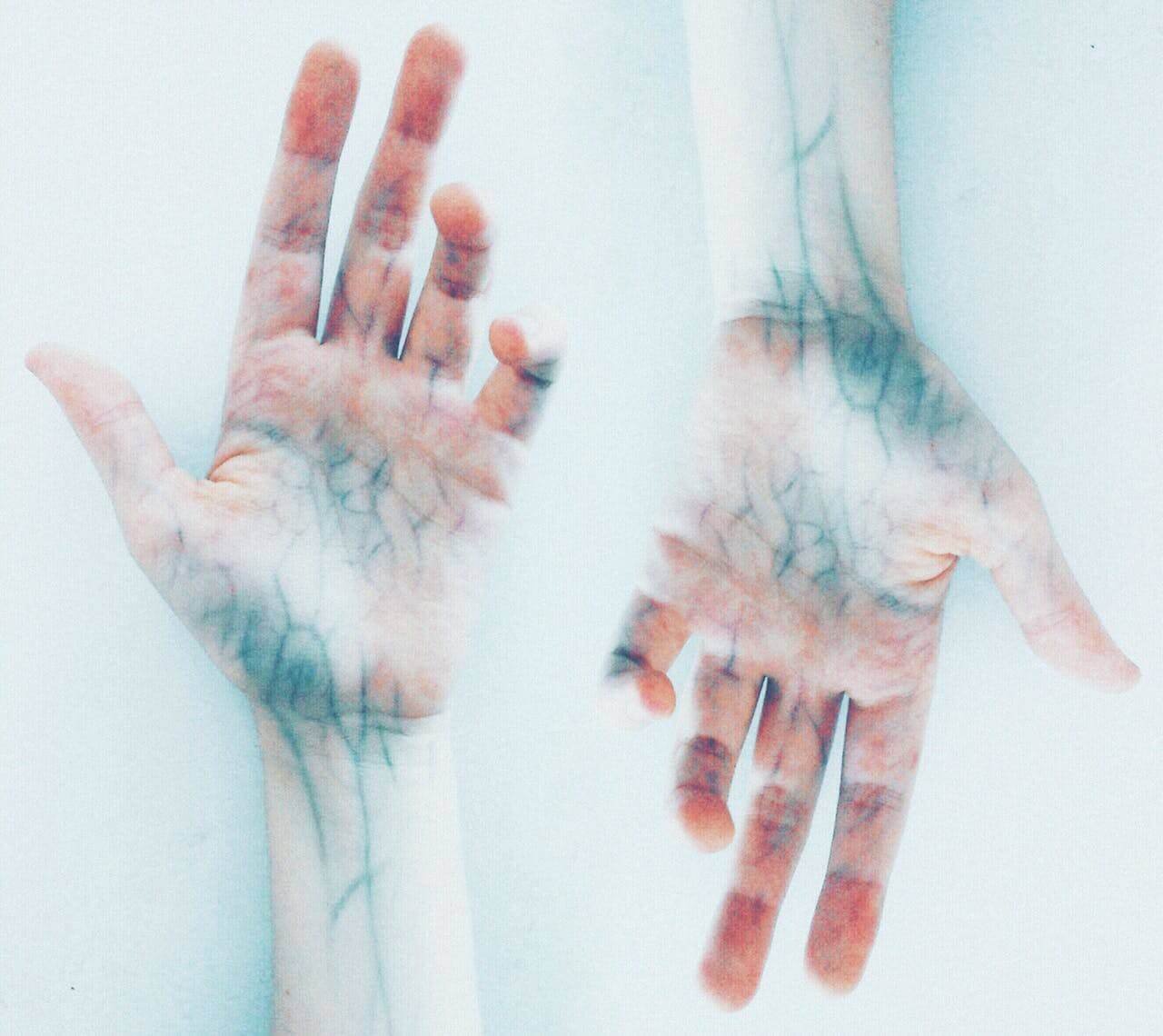When the rivers of our circulatory system start making themselves known on the surface, it’s a sign that not all is well beneath the skin. The legs, those stoic pillars that carry us through life, can become canvases for the twisted, bulging artistry of varicose veins. Let’s wade through the waters of understanding venous insufficiency, its symptoms, and the path to getting your flow back to flawless.
The Trouble with Twisted Tracks
When the rivers of our circulatory system start making themselves known on the surface, it’s a sign that not all is well beneath the skin. The legs, those stoic pillars that carry us through life, can become canvases for the twisted, bulging artistry of varicose veins. Let’s wade through the waters of understanding venous insufficiency, its symptoms, and the path to getting your flow back to flawless.
Symptoms: More Than Meets the Eye
While varicose veins are easily spotted due to their dark blue or purple appearance and raised disposition, the symptoms can extend beyond what’s visible. Individuals may experience a range of discomforts, including:
- A heavy feeling in the legs
- Swelling in the lower legs and ankles, especially after extended periods of standing
- Throbbing or cramping at night
- Itchy sensations around one or more of your veins
- Skin discoloration near affected veins
If these symptoms sound familiar, it indicates that professional insight is needed.
Legwork Leads to Relief
Addressing venous insufficiency is not merely a matter of aesthetics—it’s a crucial step towards maintaining vascular health and overall well-being. Treating this condition can prevent complications such as ulcers or blood clots that can have serious long-term consequences.
The Diagnostic Dance
A healthcare professional will start with a thorough physical examination and may also suggest an ultrasound test. This non-invasive procedure allows them to view the blood flow in your veins and determine the extent and severity of the insufficiency.
Modern Methods for Modern Maladies
Medical advancements have turned the tide on treatment options for varicose veins. Traditional methods like vein stripping have given way to less invasive techniques such as:
- Sclerotherapy: This involves injecting a solution directly into the vein, causing it to scar and reroute blood to healthier veins.
- Laser Treatments: Strong bursts of light are sent into the vein, making it slowly fade and disappear.
- Radiofrequency Ablation: A catheter is guided into the vein, and radiofrequency energy is used to heat and close it off.
Choosing a treatment path is best made with a professional who can tailor the approach to your specific situation.
The Right Route to Recovery
In addition to medical procedures, lifestyle adjustments can be beneficial in managing symptoms and preventing further vein issues. Here’s a brief guide:
- Elevate your legs when resting.
- Stay active to encourage blood flow—walking is particularly effective.
- Avoid long periods of sitting or standing without movement.
- Consider compression stockings to provide support for your legs.
Committing to these simple changes can substantially affect your venous health and quality of life.
When Professional Help Beckons
For those seeking expert care, Utah vein specialists are well-equipped with the knowledge and tools necessary to offer relief from venous insufficiency. These professionals understand the intricacies of venous disorders and can provide a comprehensive treatment plan tailored to each patient’s needs.
The Path Forward: Steps to Stronger Veins
The journey to healthier veins doesn’t end after seeing a specialist or undergoing a procedure. It’s an ongoing process that requires attention and care. Protecting your veins is about making daily choices that contribute to strong circulation and vein integrity.
Walking the Walk
Regular physical activity isn’t just good for your veins; it’s a boon for your entire cardiovascular system. Walking, swimming, cycling—any activity that gets the blood pumping is beneficial.
Nutrition: The Inside Story
What you put into your body directly impacts your vascular health. Opt for a diet rich in fiber, low in salt, and full of foods that support strong blood vessels like berries, leafy greens, and nuts.
The Unseen Heroes
Let’s take a moment to acknowledge the unsung heroes in our bodies—the veins. These tireless pathways work around the clock, fighting gravity and powering circulation. It’s only when things go awry that their presence is felt or seen.
Conclusion
In our quest for health, we must listen to our bodies’ whispers before they turn into screams. Leg discomfort and visible vein changes are more than cosmetic concerns—they’re calls to action. By understanding venous insufficiency, seeking professional guidance, and adopting healthier habits, we can stand tall on legs that look better and feel better too.
While varicose veins might be common, suffering from them isn’t a mandatory part of life. With today’s medical advancements and a bit of proactive personal care, those winding roads beneath our skin can be smoothed out for a more comfortable journey ahead.

